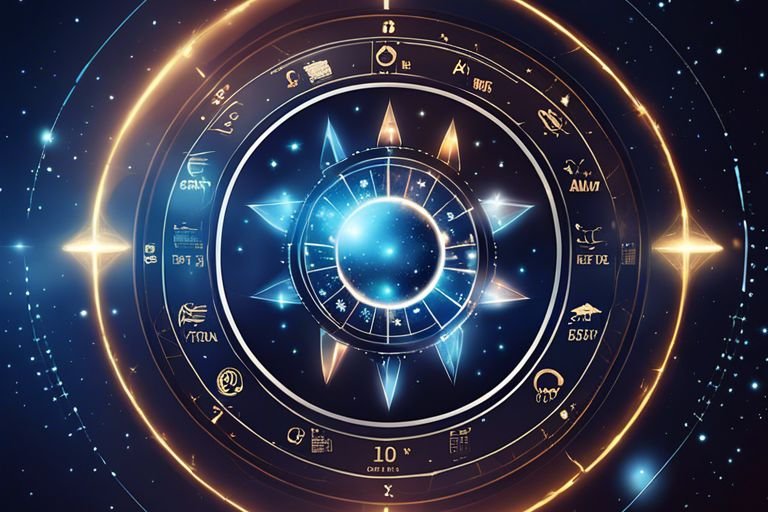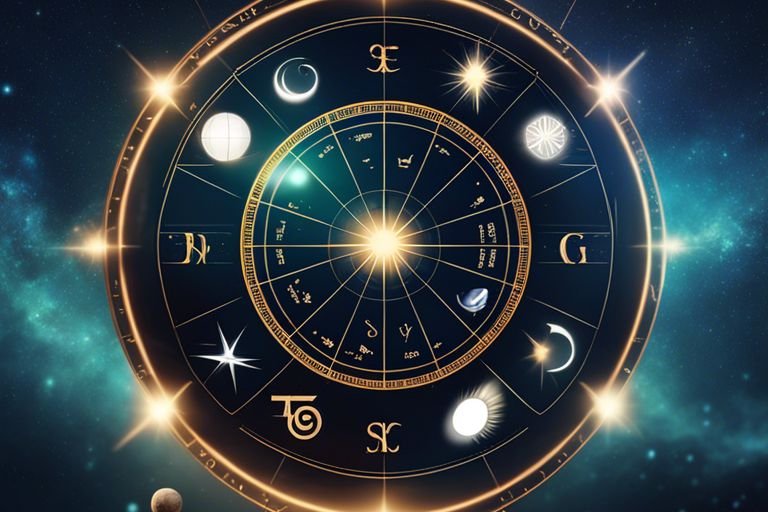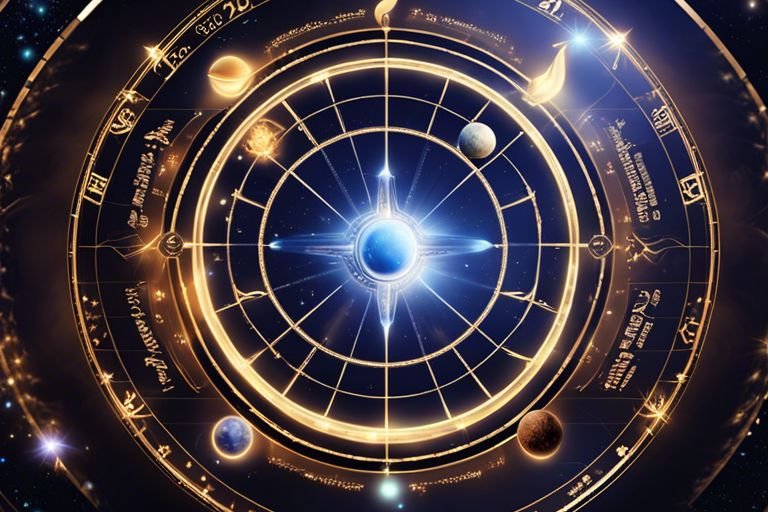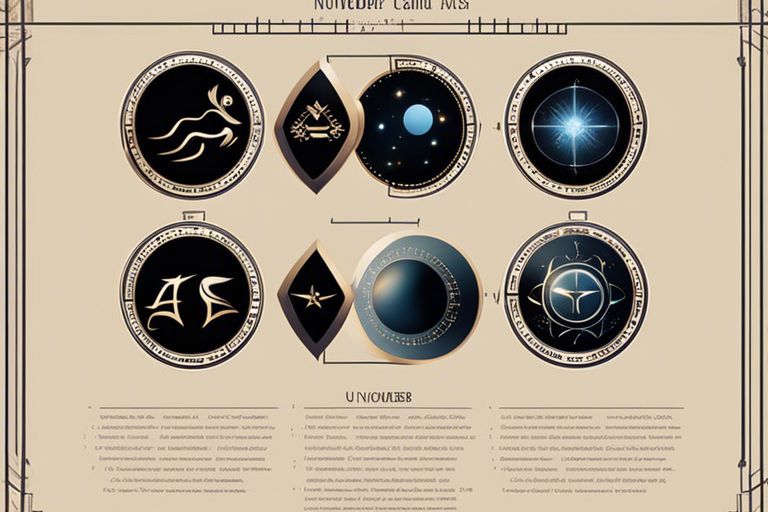What Is Parallels in Astrology?
Parallel lines in astrology might bring to mind geometric shapes, but in astrological interpretation, they hold a significant meaning. Parallels are a lesser-known aspect in astrology that can offer profound insights into the relationships between planets in a birth chart and how their energies interact with one another. Understanding parallels can add depth and nuance to astrological interpretations, providing a more comprehensive view of an individual’s unique cosmic blueprint. In this blog post, we will research into the intricacies of parallels in astrology, exploring their significance and how they can enhance your astrological practice.

Key Takeaways:
- Parallels in astrology occur when planets are at the same declination or distance north or south of the celestial equator, similar to a conjunction in longitude.
- Parallels may not be as commonly used as aspects in astrology, but they can provide additional insight into a person’s personality, behavior, and life events.
- When interpreting parallels, it is important to consider the planets involved, their symbolism, and the houses they rule in a natal chart to understand their significance accurately.
The Mechanism Behind Parallels
Understanding Declination
Mechanism behind parallels in astrology lies in the concept of declination, which refers to the angular distance of a celestial body north or south of the celestial equator. When two celestial bodies are at the same declination, they are said to be parallel, creating a powerful astrological influence.
The Celestial Equator and Ecliptic Plane
Declination plays a crucial role in understanding the relationship between the celestial equator and the ecliptic plane. The celestial equator is an imaginary line in the sky above the Earth’s equator, while the ecliptic plane is the Sun’s apparent path throughout the year. When planets move parallel to each other along these planes, their energies blend harmoniously, intensifying their astrological impact.
Behind the mechanism of parallels in astrology is the intricate interaction between the celestial equator and the ecliptic plane. By analyzing the declination of celestial bodies and their alignment along these celestial paths, astrologers can uncover deeper insights into the connections and influences at play in a birth chart.

The Significance of Parallels
Interpretative Differences from Conjunctions
One significant difference between parallels and conjunctions in astrology is that while conjunctions signify a blending or merging of energies, parallels indicate a similarity or alignment of energies between the two planets. This distinction can impact the way astrologers interpret aspects in a chart, offering a unique perspective on how planetary energies interact.
The Impact on Personal Natal Charts
On a personal natal chart, parallels can shed light on hidden connections between planets and how their energies are intertwined. They can reveal underlying themes and patterns that may not be as apparent with traditional aspects. For example, a parallel between the Sun and Venus could indicate a strong creative or artistic nature augmented by a deep sense of self-worth and love.
Understanding the influence of parallels in personal natal charts requires careful analysis and consideration. Astrologers must take into account not only the planets involved but also the signs and houses they are in. By exploring these connections, a deeper understanding of an individual’s strengths, challenges, and potentials can be uncovered.

Practical Application of Parallels
Reading and Interpreting Parallels
To effectively interpret parallels in astrology, it is crucial to understand that they are aspects formed by planets in the same degree of declination. When analyzing parallels in a chart, focus on the planets involved, their respective energies, and the areas of life they govern. Consider the similarities and connections between these planets to gain insights into the individual’s strengths, struggles, and potential life themes impacted by the parallel aspect.
Parallels in Synastry
For synastry readings, parallels between two individuals’ charts indicate a strong connection and potential bond. When planets in the same degree of declination align between two people, it suggests a profound resonance and shared experiences. These parallels can signify a deep understanding, mutual support, and potentially highlight areas of compatibility or conflict in the relationship.
Another important aspect to consider in interpreting parallels in synastry is the orbs used. While tighter orbs strengthen the influence of the parallels, wider orbs may indicate a more subtle or latent connection between individuals. It is crucial to analyze the overall dynamics of the relationship and how the parallel aspects contribute to the partnership’s dynamics and growth.
Final Words
Drawing together the celestial bodies and their movements, parallels in astrology offer a deeper insight into the interconnectedness of various aspects of our lives. Understanding the parallels can provide us with a more comprehensive view of how planetary energies interact and influence each other, ultimately shaping our personalities and experiences. By delving into this concept, we can unlock hidden layers of meaning within our birth charts, offering a more nuanced understanding of ourselves and the world around us. Embracing the complexities of parallels in astrology can lead to a greater appreciation of the intricate dance of the cosmos and the profound impact it has on our lives.
FAQ
Q: What Is Parallels in Astrology?
A: Parallels in astrology refer to the alignment of two or more planets at the same declination. This means the planets are at the same distance north or south of the celestial equator, similar to how planets align in longitude for conjunctions. Parallels are considered important aspects in astrology and can provide additional insights into the planetary influences on an individual’s chart.
Q: How do Parallels differ from Conjunctions in Astrology?
A: While parallels and conjunctions both involve the alignment of planets, they occur in different dimensions of the celestial sphere. Conjunctions occur when planets align in the same degree of longitude, while parallels occur when planets align at the same declination. Conjunctions are more commonly known and widely used in astrology, but parallels offer a unique perspective on planetary relationships and influences.
Q: What significance do Parallels have in Astrology readings?
A: Parallels in astrology add depth and nuance to the interpretation of an individual’s birth chart. They can indicate strong connections and similarities between the planets involved, highlighting areas of emphasis in a person’s life. Parallels are particularly relevant in predictive astrology, as they can signal important shifts or events based on the planetary energies in alignment. Astrologers often analyze parallels alongside other aspects to gain a comprehensive understanding of a person’s astrological profile.






